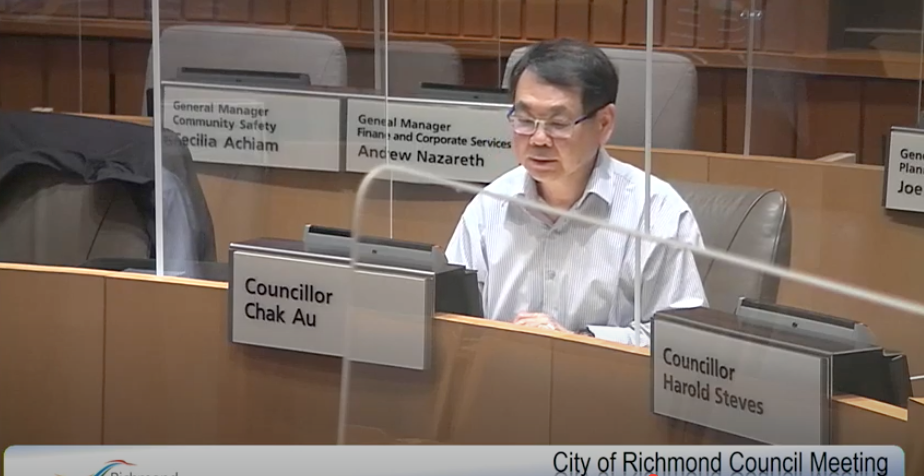Dear Editor,
Re: "Residents protest proposed safe-consumption site in Richmond" and "Richmond council votes 8-1 to explore safe drug consumption site"
I am writing to express my concerns regarding the proposed motion to implement a drug consumption site in Richmond under the cover of a practicability study. I have some observations and questions that need to be addressed.
Let's talk about the injection site approach to address overdose deaths. Vancouver opened its first injection site in 2003, and since then, the number of injection sites has grown to over 14 in Vancouver and 41 in the province.
One would assume that with the increase in injection sites, we would see a decrease in the number of overdose deaths.
Unfortunately, that is not the case. In fact, in 2023, we hit a record high of 2,511 overdose deaths, and the number of deaths per capita was also the highest ever. If injection sites were genuinely effective, we should be witnessing a decline in these tragic numbers.
The current approach of relying on injection sites as a harm reduction measure is not achieving the desired outcomes.
The problem lies in the nature of injection sites themselves. They function as maintenance programs, allowing individuals to continue using drugs indefinitely.
We must remember that drugs are inherently harmful substances, and no matter how "safe" they are taken, they will always have negative health consequences. The damages accumulated over time are irreversible.
To illustrate my point, let's imagine people drowning in water. What we are currently doing is providing them with life jackets to keep them afloat. While this may temporarily save their lives, we are not pulling them out of the water.
Eventually, they will sink over time. Moreover, we are not addressing the underlying reasons why people are falling into the water in the first place. Perhaps we need a fence to prevent them from falling in and measures to pull them out.
Some argue that the increase in overdose deaths is due to insufficient injection sites. While I understand this perspective, the question we need to ask ourselves is: how many sites are enough?
Overdose deaths can occur randomly, and to completely prevent them, injection sites would need to be available at any time, anywhere they need them. It is essential to recognize that such a system would be incredibly costly and ultimately unsustainable.
Let's not forget that the Vancouver Coastal Health Authority has repeatedly stated that injection sites are not a priority in Richmond. Last year, there were 26 overdose deaths in Richmond, which represented one per cent of the total in the province.
The real health crisis in our city is that 44,000 residents, or one in five, do not have family doctors.
In conclusion, it is crucial that we critically assess the effectiveness of injection sites in reducing overdose deaths.
We must prioritize alternative approaches that address the root causes of addiction and provide comprehensive solutions rather than solely relying on harm reduction measures.
Chak Au
Richmond city councillor
Got an opinion on this story or any others in Richmond? Send us a letter or email your thoughts or story tips to [email protected].





